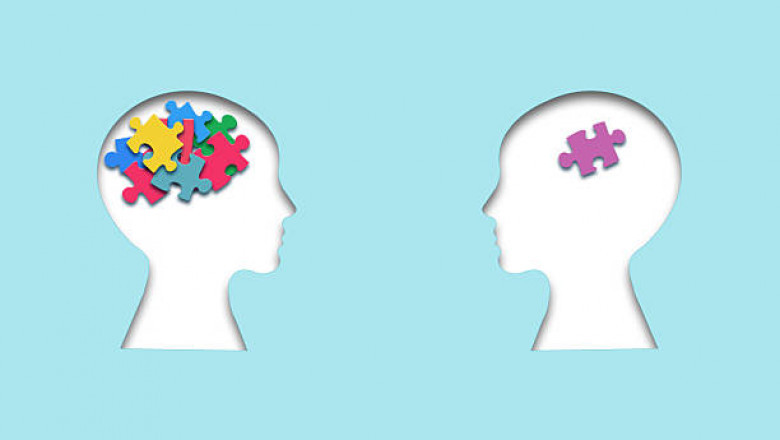views
Choosing the right therapy for a child with autism can be a life-changing decision for families. One of the most well-known approaches is Applied Behavior Analysis (ABA), often compared to other therapies. In this guide, we explain the differences in a simple and clear way. Understanding how each therapy works will help you make better choices. You can also explore ABA Assessment & Treatment Services to see how this structured method supports long-term progress in children.
If you're considering autism therapy, start by exploring your options and why ABA Assessment & Treatment Services may be the right path.
ABA vs. Other Autism Therapies: What Parents Should Know
What is ABA Therapy?
Applied Behavior Analysis (ABA) is a structured and evidence-based approach that helps children with autism learn social, communication, and daily living skills. It focuses on breaking down behaviors into small, teachable steps and reinforcing positive actions.
-
Main goal: Improve useful behaviors and reduce challenging ones
-
Uses: Communication, school skills, social behavior, emotional regulation
-
How it works: Repetition, data tracking, consistent feedback, and rewards
ABA vs. Other Autism Therapies: What Parents Should Know
Key Differences from Other Therapies
There are several other therapies used for autism, such as speech therapy, occupational therapy, and developmental approaches. Each one has a unique focus.
ABA vs. Other Autism Therapies: What Parents Should Know
Advanced How-tos for Choosing the Right Therapy
1. Understand Your Child’s Needs
Every child is different. Some may need behavior support, while others might need help with talking, eating, or playing with others.
2. Ask for a Full Assessment
Before starting any therapy, get a full developmental evaluation to understand which areas need attention.
3. Look for Measurable Goals
ABA provides measurable progress tracking, while other therapies might be more observational.
4. Combine When Needed
ABA can be used with other therapies. For example, ABA might teach how to stay calm while speech therapy focuses on language.
Specialized Tips for Parents
-
Talk to your child’s pediatrician about combining therapies.
-
Set short- and long-term goals with each therapist.
-
Keep a weekly tracker of your child’s changes in behavior or communication.
-
Make sure therapists and caregivers are aligned in their strategies.
In-depth Guide: How ABA Works Differently
ABA therapy involves creating a personalized plan. A certified therapist observes, sets goals, tracks progress, and uses motivation (like praise or rewards) to encourage good behavior. It often includes 10 to 40 hours per week based on the child’s needs.
Other therapies might:
-
Be less structured
-
Focus only on one skill (like speech or hand use)
-
Not always provide measurable results
Example Scenario
Sophia, a 6-year-old with autism, struggled with meltdowns during mealtime. ABA therapy helped her identify triggers, use visual cues, and reduce tantrums by 80% in three months. Meanwhile, occupational therapy helped her use utensils better. Together, both therapies improved her daily routine.
Insights Section
-
ABA is the most data-driven approach.
-
Other therapies can support specific developmental areas.
-
Consistency and repetition are key in ABA.
-
Parent involvement matters in every type of therapy.
Pros and Cons of ABA vs. Other Autism Therapies
Pros of ABA:
-
Personalized plans with clear goals
-
Measurable progress tracking
-
Works for various age groups
-
Teaches communication and life skills
Cons of ABA:
-
Requires consistent sessions (10–40 hours/week)
-
Can be intense or tiring for some children
-
Needs trained professionals
Pros of Other Therapies:
-
May feel more playful or relaxed
-
Focus on specific needs (speech, sensory)
-
Less time-intensive
Cons of Other Therapies:
-
Progress may be harder to measure
-
Not always goal-oriented
-
May lack a structured behavior plan














Comments
0 comment